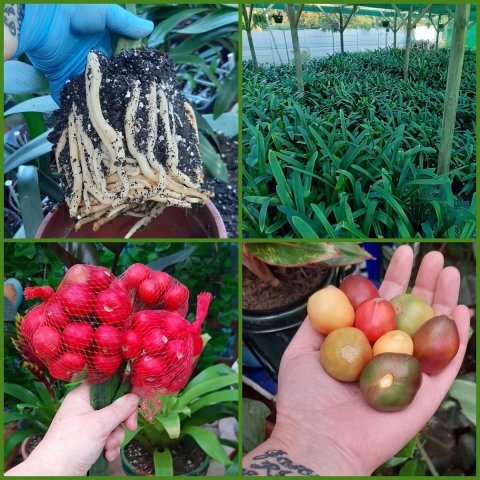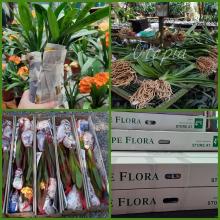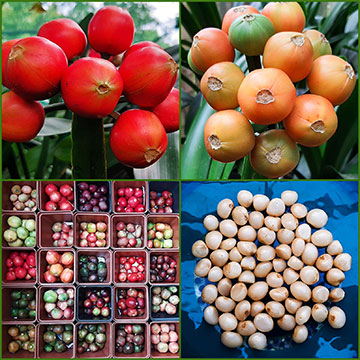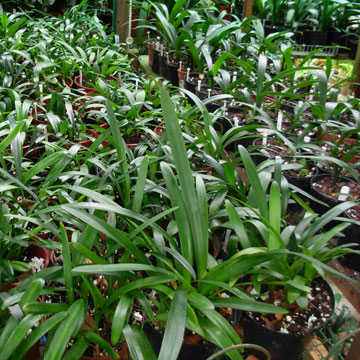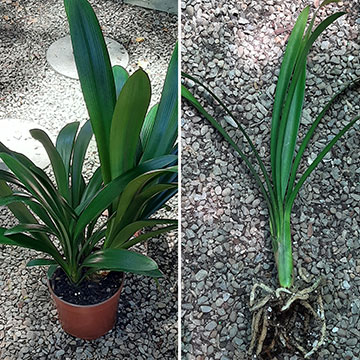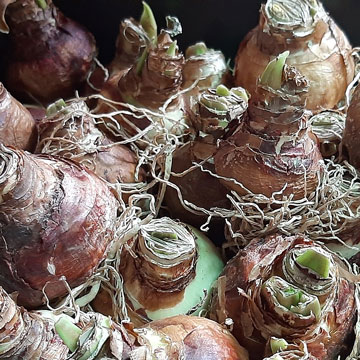Clivias are one of South Africa’s indigenous super stunners and have become quite the collector’s dream. High in ornamental value, long-lasting flowering intervals, excellent cut-flowers, and evergreen – clivias are definitely worth it.
Make sure you give your clivias the best care possible. Here are some handy tips for how to care for established clivias in the garden:
In cultivation you can grow most Clivias in shaded or semi-shaded areas of your garden.
Whether you have access to a garden, a backyard or live in an apartment, Clivias are some of the most versatile of bulbs, growing easily both indoors and outdoors, in containers or in the ground. They enjoy shady spots outside, or in well-lit positions with no direct sunlight as house plants.
In addition to their easy-growing nature, Clivias flower best when slightly pot bound and so with sufficient feeding they can thrive in the same container for many years to come.
The key to success is ensuring that the plant pot allows water to drain easily. This can be done by adding a layer of stone chips or pieces of broken terracotta pots in the bottom of the container before adding your compost mix.
You can grow your potted Clivia in an equal mix of potting compost, river sand and fine grade pine tree bark. If you are not sure where to find these ingredients, ask the staff at your local plant nursery or garden centre.
Clivias need to be divided every three to four years during spring or early summer. You’ll know it’s time when the rhizomes become overcrowded and the root ball rises above soil level. Always wait until they’ve finished flowering before dividing.
To correctly divide your potted clivias, carefully remove the mother plant from the container and shake off the excess soil to better see the divisions.
Use a sharp, clean knife to cut the clumps apart or use your fingers to pry them open. You can now transplant separated clivias into new pots for even more patio splendour.
To divide outdoor clivias, use a spade and lift the ground around the plant (at least 15cm distance to the stem), taking care not to damage the roots. Once removed from the bed, wipe away excess soil to reveal the root clumps. You can now cut and divide as needed and replant in another shady bed in need of bedazzling.
Once they are established in their containers or in the garden, Clivias are highly drought tolerant. It is most important to ensure that you don’t kill your Clivias with kindness by giving them too much water.
Clivias are hungry plants and will reward you with more flowers if fed regularly. Through the growing season you can feed your Clivia with an organic pellet-based slow-release fertiliser, applied according to the packet instructions. As flower buds form, you can also add a liquid seaweed feed. Fertilise your clivias monthly in spring and summer for max blooming power (avoid feeding in winter) Use a slow-release liquid or granule fertiliser.
The beautiful flowers of just one Clivia in bloom will give you years of pleasure as a ‘plant parent’. But if you have the space, they can also bring you joy when growing en masse in a shady corner of the garden.
